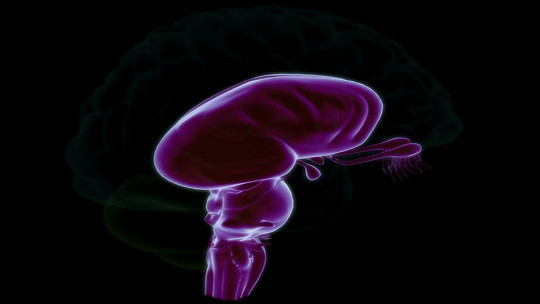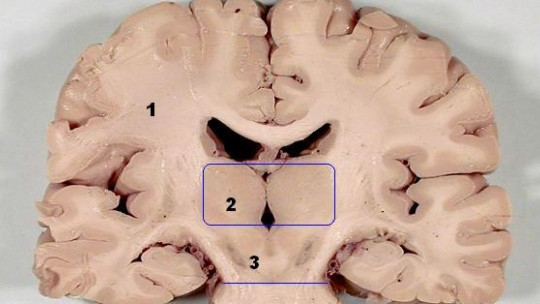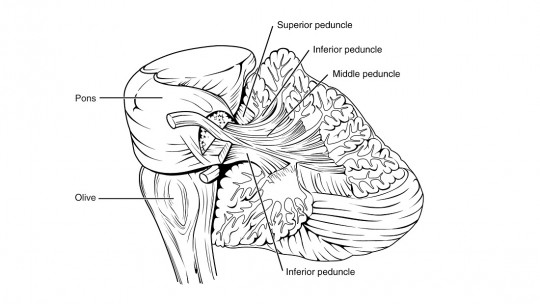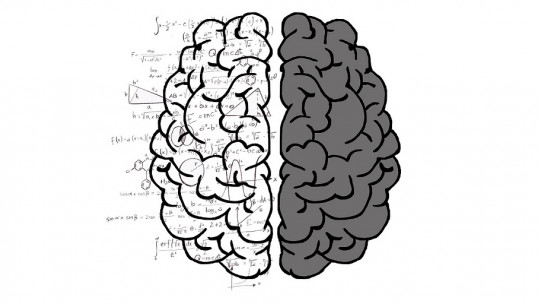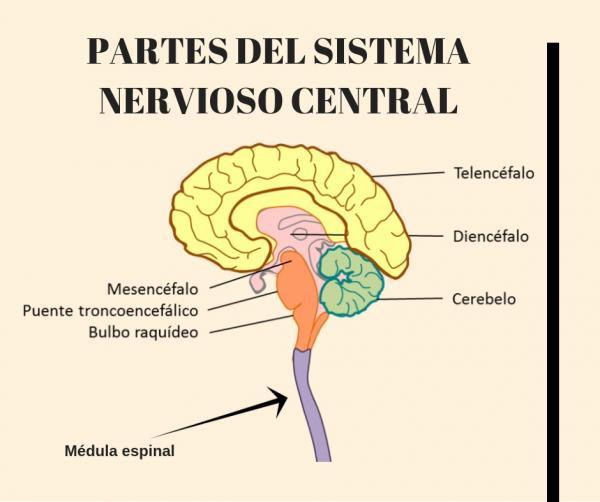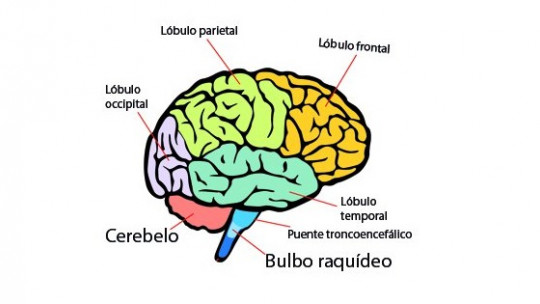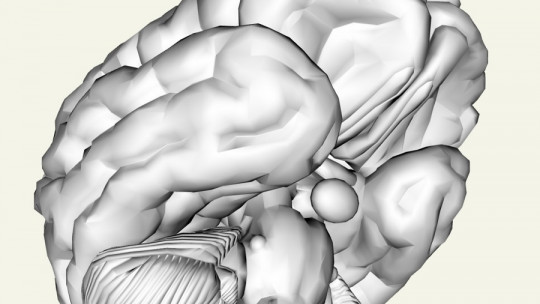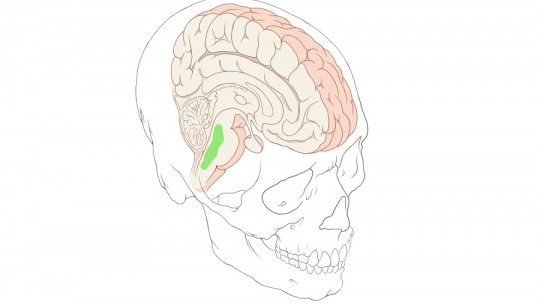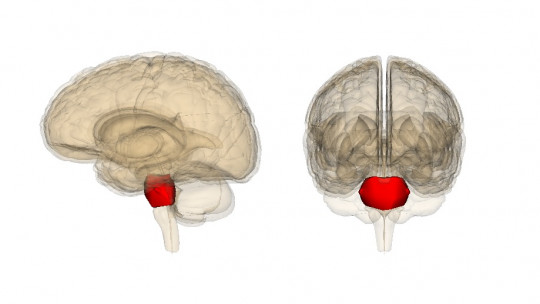
The pons, also known as the annular pons or brainstem bridge, is one of the most important parts of the brain. In fact, a small injury to this structure could lead to sudden death or entry into a coma.
The reason for the importance of the pons is that it is one of the largest portions of a structure known as the brainstem, responsible among other things for keeping automatic mechanisms in operation that keep us alive.
Below we will see the anatomy, parts and functions of the annular protuberance, as well as the health problems that can be triggered if alterations appear in its behavior due to injuries or diseases.
What is Varolio Bridge?
The brainstem bridge It is the largest part of the brain stem, which is why it is also called the annular protuberance. It is located between the other two main anatomical structures of this portion of the brain; In its upper part, it borders the midbrain, while its lower edge is in contact with the medulla oblongata.
The boundary that separates the annular pons from the medulla oblongata is the pontine sulcus, while its border with the midbrain is the pontomesoencephalic sulcus.
Anatomy of the annular protuberance
Like any other region of the central nervous system, the pons is composed primarily of neurons and glial cells. However, in this region of the brain bundles of axons take on special importance that run vertically from the brain to the spinal cord to the brain and vice versa. That is, the annular protuberance acts in part as a communication route between two large portions of the central nervous system.
However, the pons also contains bundles of neurons that are distributed projecting to the sides, forming the beginnings of the middle cerebellar peduncles, which are two of the areas through which the brainstem connects with the cerebellum.
Another of the most notable anatomical characteristics of the Ponte Varolio is that its front face, the closest to our face, it is convex, bulging outwards which makes it stand out much more than the other two main structures of the brain stem.
Inside Varolio Bridge the basilar sulcus is located a small space through which the basilar artery crosses, one of the main responsible for keeping cells alive in large areas of the brain.
In addition, the pons forms the beginning of the trigeminal nerve, one of the most important cranial nerves.
Parts of the brainstem bridge
The annular protuberance is formed by a set of cores, consisting of groups of associated neurons that are responsible for similar functions. They are the following.
Abductor somatic motor nucleus
A nucleus of neurons linked to the cranial nerve known as the abducens nerve, responsible for the abduction movement of the eye.
Special motor nucleus of the trigeminal
The functions of this nucleus have to do with the trigeminal nerve, and basically consist of visceral movements.
Special motor nucleus of the facial
Like the previous one, this one is responsible for certain visceral movements.
Superior salivatory nucleus
The functions of this nucleus are vegetative, and therefore automatic.
Its functions
The functions of the Varolio Bridge are diverse, although almost all of them are of great importance for survival.
1. Communication nexus
The annular protuberance acts as a bridge between groups of neurons that, if they did not pass through this structure, they would be cut off from each other. It allows information to flow from inside the skull to the outside and vice versa.
2. Motor coordination
The Varolio Bridge works together with the cerebellum and other structures, such as the basal ganglia, to allow automatic and unconscious coordination of muscle groups. This makes it possible for us to maintain balance in an upright position, for example.
3. Homeostatic regulation
The annular protuberance plays an essential role in functions such as temperature regulation and other basic physiological processes like the beats of the heart.
Regulation of consciousness
This region of the brain stem is crossed by the reticular formation, and for this reason it plays a role in the regulation of states of consciousness. It intervenes in the circadian cycles of sleep and wakefulness, and also makes consciousness, in itself, possible.
Associated injuries and illnesses
The destruction or alteration of the normal functioning of the Varolio Bridge has very serious consequences since it affects very basic processes necessary to stay alive.
This is because a failure in this region of the brain can cause not enough blood or oxygen to reach the brain resulting in death due to hypoxia.
There are several diseases that can affect this structure, but Alzheimer’s and Parkinson’s disease stand out since both damage large regions of the central nervous system and prevent the normal functioning of neuronal networks.

